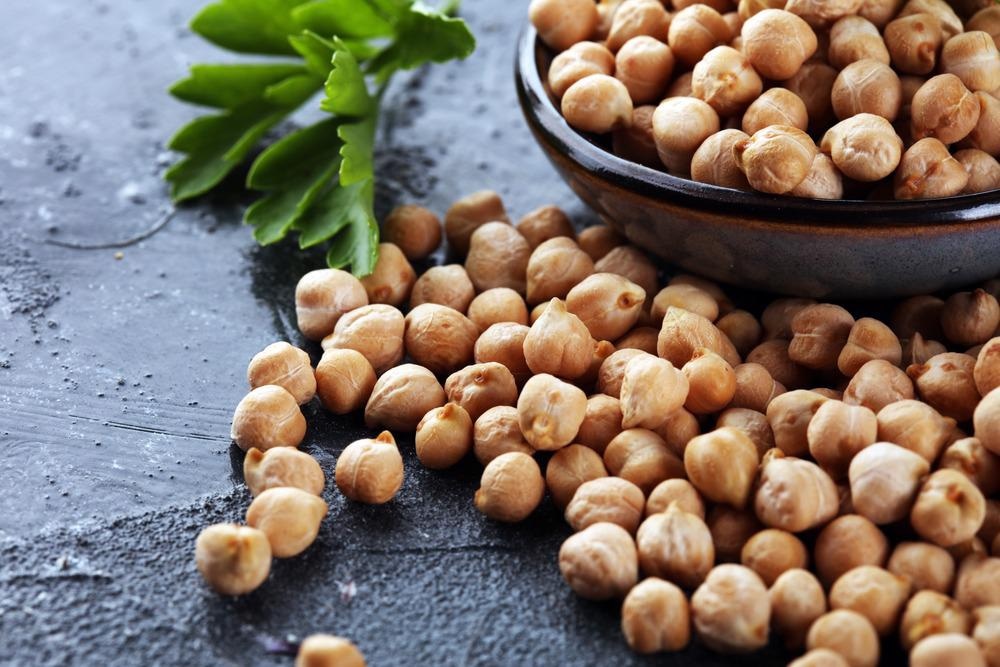
What’s the connection between climate change and a shopping list? At first glance, it appears to be a mistaken connection. That’s not the case! Climate change is already having an impact on our lives and will continue to do so in the future making many foods at risk or may be completely extinct.
Droughts, floods, heat waves, and wildfires are becoming more often as a result of climate change, which not only affects our life directly but also has an impact on our diet and our foods at risk.
Climate patterns are unmistakably shifting, and humans, animals, and plants all must re-adapt before it is too late. Many goods that are part of a region’s identity, such as Vermont maple syrup or Colombian coffee, will have to migrate when their optimal climate shifts, often further north, as a result of these changes.
But it also means prices will go up — which could be devastating for nations that are already facing widespread hunger. “For people in poorer countries, where they spend half of their total expenditures on food, and half of those expenditures are on just the basics — maize meal or cassava flour — even a small change in something like that has a huge impact,” says Wiebe. “They’re already scraping by, and trading off between food and school books and health care.”
The key is to learn to adapt. Researchers are seeking to protect farmers financially against increasingly variable growing seasons by breeding climate-resistant crops, constructing DNA libraries, and reviving old, wild strains.
Here are five foods at risk which are already being impacted by climate change in terms of growing methods, quality, and survival, ranging from beloved regional favorites to necessary staples.
Foods at Risk due to Climate Change
- Wheat
Wheat is one of the major foods at risk and is threatened by drought and rising carbon dioxide levels, accounting for 20% of all calories consumed by mankind and 100% of all comfort food. Drought-affected wheat-growing areas are expected to double in the next 20 to 50 years, even if global temperatures do not rise by 2 degrees Celsius.

While rising CO2 levels may balance part of this by fueling photosynthesis and increasing yield, a recent study found that rising CO2 levels will also take large amounts of nutrients from wheat and other plants such as barley, potatoes, and rice.
- Chickpeas
Chickpeas contributed to the legume’s existing state as the primary source of protein for roughly 20% of the world’s population. However, it took away its genetic variety, making it more difficult for the plant to adapt to climate change.

Drought, which may wipe out half of a crop, and disease, which can wipe off an entire crop, make it extremely vulnerable as one of the foods at risk. Researchers have collected seeds and DNA from the wild counterparts of the domesticated chickpea in Turkey and Kurdistan in the hopes of breeding a plant that is more resistant to drought, extreme heat, and pests.
- Wine
Growers are already venturing into areas that were previously too cold for the crop, in search of higher altitudes and more stable temperatures. Droughts, floods, hail, fires, rainfall patterns, and freezes all pose a threat to crop harvests.

The worst wildfire season in modern California history destroyed 13 percent of the state’s wine-grape crop in 2020. According to a recent study, if global temperatures rise by 2 degrees Celsius, appropriate wine-grape regions could fall by up to 56% by the end of the century.
- Cranberries
The cranberry industry in Massachusetts, which produces approximately a quarter of the country’s crop, is worth $1 billion and employs 7,000 farmers. However, the plants, many of which are over a century old, thrive in ancient bogs that are subject to irregular rainfall and drought. In hot weather, cranberries can develop a disease known as “scald,” in which the fruit cooks on the vine because it is unable to cool itself.
- Coffee

Coffee plantations have become hospitable hosts for the “coffee leaf rust” fungus due to rising temperatures, more severe rain, and persistent humidity. They feed off the plant by dusting coffee leaves with rust-colored spores, which spread from tree to tree and prevent the plants from photosynthesizing or producing treasured coffee berries. One study estimates that we could lose 50% of the land suitable to grow coffee by 2050.
Continue Reading:
The 5 Best Fast Food Options Under $2